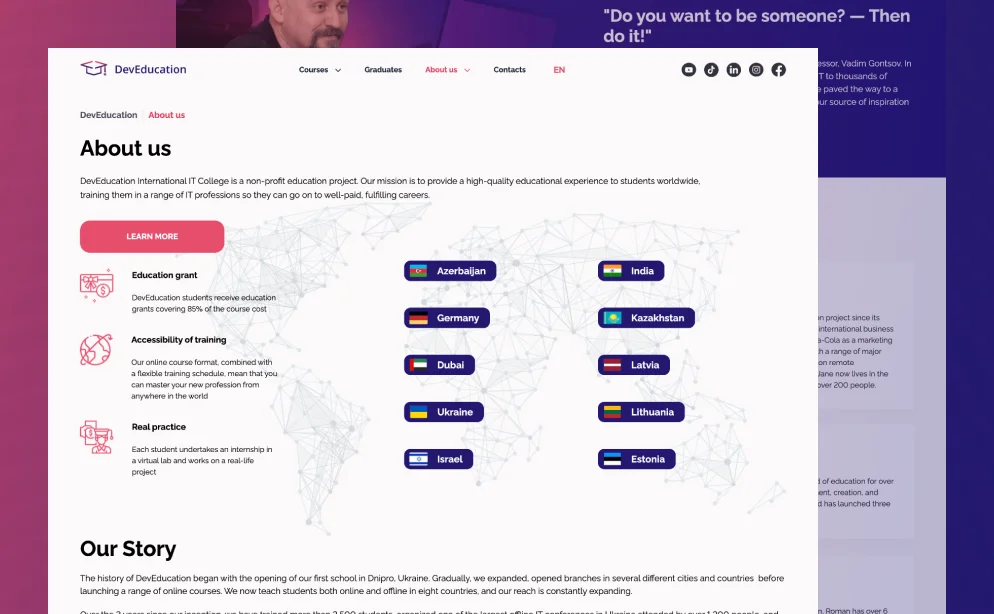Using these best practices will ensure that the test closure phase is done systematically and leads to continuous improvement of the testing process. The test closure phase is the final stage of the software testing life cycle (STLC), where you evaluate the results and outcomes of the testing process, document the lessons learned, and identify the improvement areas and action items for future projects. In this article, you will learn how to identify and prioritize the test improvement areas and action items in the test closure phase, using a test closure checklist and some best practices.

Are you nearing the end of a software testing project and wondering how to wrap things up? This article will explore the ins and outs of creating a test closure report in software testing. A test closure report is a vital document that summarizes your testing activities, outcomes, and recommendations. The second step of test closure is to document the test results and outcomes in a clear and concise way. You should create a test summary report that summarizes the main findings, issues, and recommendations from the testing process.
FEMA, FCC to conduct national emergency alert test Wednesday
A class-action lawsuit brought by 660 homeowners who purchased condos built on a small section of the shipyard resulted in a $6.3 million settlement with home developers as a result of the flawed cleanup, said Anne Marie Murphy, a lawyer who represented the homeowners. Warships used in nuclear weapons tests in the Pacific during the 1940s and 1950s docked at Hunters Point for decontamination, and the Navy operated a radiological laboratory there. The base was supposed to be closed, decontaminated and handed over to the city, but after 30 years, 90 percent of it is still in the Navy’s hands. Senior Department of Defense officials declined to discuss the current state of the base closure program, amid widespread litigation and growing concern in Congress that the closures have been costing money for decades, rather than saving it. Marina and Seaside city officials say the land they received costs more to service than it generates in new taxes, and future growth is unpredictable.
Additionally, appendices or attachments can be used to provide additional or detailed information, such as test cases, test scripts, test logs, defect reports, etc. Finally, it is important to review and revise each report before submitting or presenting it to the stakeholders, to ensure accuracy, completeness, and error-free content. A test summary report is a document that summarizes the main findings, achievements, and challenges of a testing phase or cycle. It is usually prepared at the end of each testing phase or cycle, such as unit testing, integration testing, system testing, or acceptance testing, and is intended to provide a high-level overview of the testing outcomes to the stakeholders. The sixth step of test closure is to plan for the next testing cycle, if applicable. Testing is an iterative and continuous process that may require multiple cycles or phases, depending on the scope and complexity of the software product and the project.
STLC (Software Testing Life Cycle) Phases, Entry, Exit Criteria
These reports summarize the entire testing process and its outcomes for the projects. It provides valuable insights into how well the software performed during the tests. The information plays a crucial role in evaluating the quality of the tested software. Test closure is the final phase of the software testing life cycle (STLC), where you evaluate the results and outcomes of the testing process and document the lessons learned and best practices for future improvement. In this article, you will learn how to create and maintain a test closure report and checklist, which are essential tools for summarizing and communicating the testing activities and achievements. A test closure report is a formal document that provides a comprehensive overview of the testing scope, objectives, metrics, methods, tools, resources, defects, issues, risks, and recommendations.
- Test prioritization criteria are the factors or parameters used to rank or order test improvement areas and action items according to their importance, urgency, or impact.
- Developers and stakeholders can get benefitted from such reports by ensuring complete transparency and maintaining a mutual environment by sharing and receiving authentic information.
- Sharp tensions among local communities, federal overseers, cleanup contractors and homebuilders have produced hundreds of lawsuits all over the country.
- These documents provide a clear and concise summary of the testing process and outcomes, which can assist in decision making, reporting, and auditing.
- A test closure report and checklist are not only mandatory deliverables for the testing process, but also valuable sources of information and insight for the project team and the organization.
- Testing is an iterative and continuous process that may require multiple cycles or phases, depending on the scope and complexity of the software product and the project.
Mayor Brandon Johnson’s office released a statement on the announcement Wednesday, saying that they plan to reduce the amount of days for set up and tear down of the race. Articulates can be screenshots, database query results, recording, log files, etc. A good Test Completion Report indicates quality, measures outstanding risks, and identifies the level of a tested software. The California Department of Parks and Recreation, which now controls Fort Ord’s beaches, reported in 2022 that it had found 368 pounds of lead fragments in the sand, which were turned over to the Army. Mr. Payton said the cleanup met the standards set by the Environmental Protection Agency and the state’s Department of Toxic Substances Control.
What is Entry and Exit Criteria in STLC?
Test Closure is a crucial step in the TDLC that formally concludes and completes testing activities for a software release. It comprehensively summarizes the testing activities and results, including any issues and bugs found and resolved during the testing phase. Test Closure can also be considered as documentation of the testing process, and its purpose is to inform stakeholders about the quality and readiness of the software for release. The test closure phase is not only the end of the current testing cycle or project, but also the beginning of the next one. You should use the insights and learnings from the test closure phase to plan for the next testing cycle or project, and set clear and realistic expectations and objectives. You should also communicate with your stakeholders and clients, and understand their requirements, expectations, and feedback.
It is created once the testing phase is completed successfully or until the product being tested meets the exit criteria. Test closure reports are created by lead QA engineers and are reviewed by all other stakeholders. A retrospective meeting is a meeting where you and your testing team reflect on the testing cycle or project, and discuss what went well, what went wrong, and what can be done better next time. It is a chance to celebrate the successes, acknowledge the challenges, and learn from the mistakes. You should conduct a retrospective meeting soon after the test closure phase, while the testing experience is still fresh in your mind.
What Are Test Closure Activities? Evaluating Exit Criteria and Reporting
With the help of these activities, the actual figures and facts can also be recognized during the project life cycle. At the end of this stage, the testing team should have a detailed plan for the testing activities that will be performed, and a clear understanding of the testing objectives, scope, and deliverables. This will help to ensure that the testing process is well-organized and that the testing team is able to deliver high-quality results.

This is a very time-consuming and costly activity that can make or mar the product. The purpose of this article is to tell you about Test Closure and its importance along with other relevant information. The learning experience focuses on gathering insights from the testing process. Here, the QA team analyzes their practices, methodologies, tools, and results to identify best practices for future releases and stop poor practices that lead to unfavorable results.
Data Releases
You should also include any relevant information, such as test cases, test data, test logs, screenshots, defect reports, and test tools, in the test documentation. You should ensure that the test documentation is consistent, accurate, and complete, and that it follows the standards and guidelines of the organization and the project. From the commencement of the software testing process to its closure, every stage during the process carries significant importance. Likewise, the test closure activities are an integral part of software testing life cycle (STLC), which are implemented once the process of testing is completed and the product is released for the use of the end user.

You should compare the actual test coverage, defect density, and test execution time with the planned ones, and identify any gaps or deviations. You should also analyze the test metrics, such as pass/fail rate, defect severity, and defect resolution time, and evaluate the effectiveness and efficiency of the testing process. This will help you to measure the quality of the software product and to determine whether it meets the customer’s expectations and requirements.
Cook County issues disaster proclamation for September flooding
It also includes a comparison of the planned and actual test schedule, budget, and quality, as well as an analysis of the test effectiveness and efficiency. To create a test closure report, you need to collect and consolidate the relevant data and information from the test plan, test cases, test logs, defect reports, test metrics, and stakeholder feedback. You also need to follow a clear and consistent format and structure, such as the IEEE 829 standard for test documentation, and use graphs, charts, and tables to illustrate the key points and findings. As a software project ends, every tester must check the effectiveness of the testing process to gain insights into the areas of improvement.